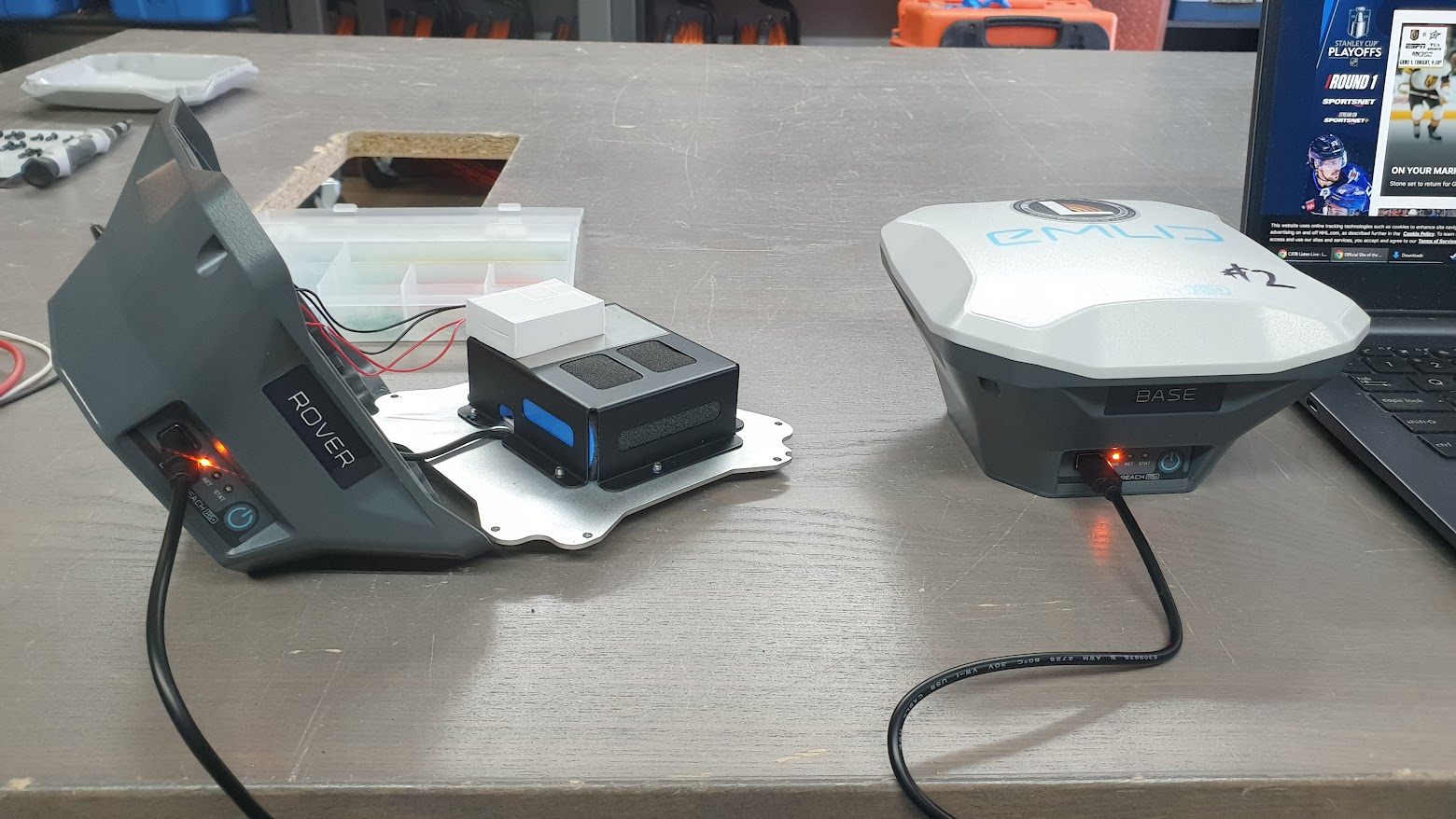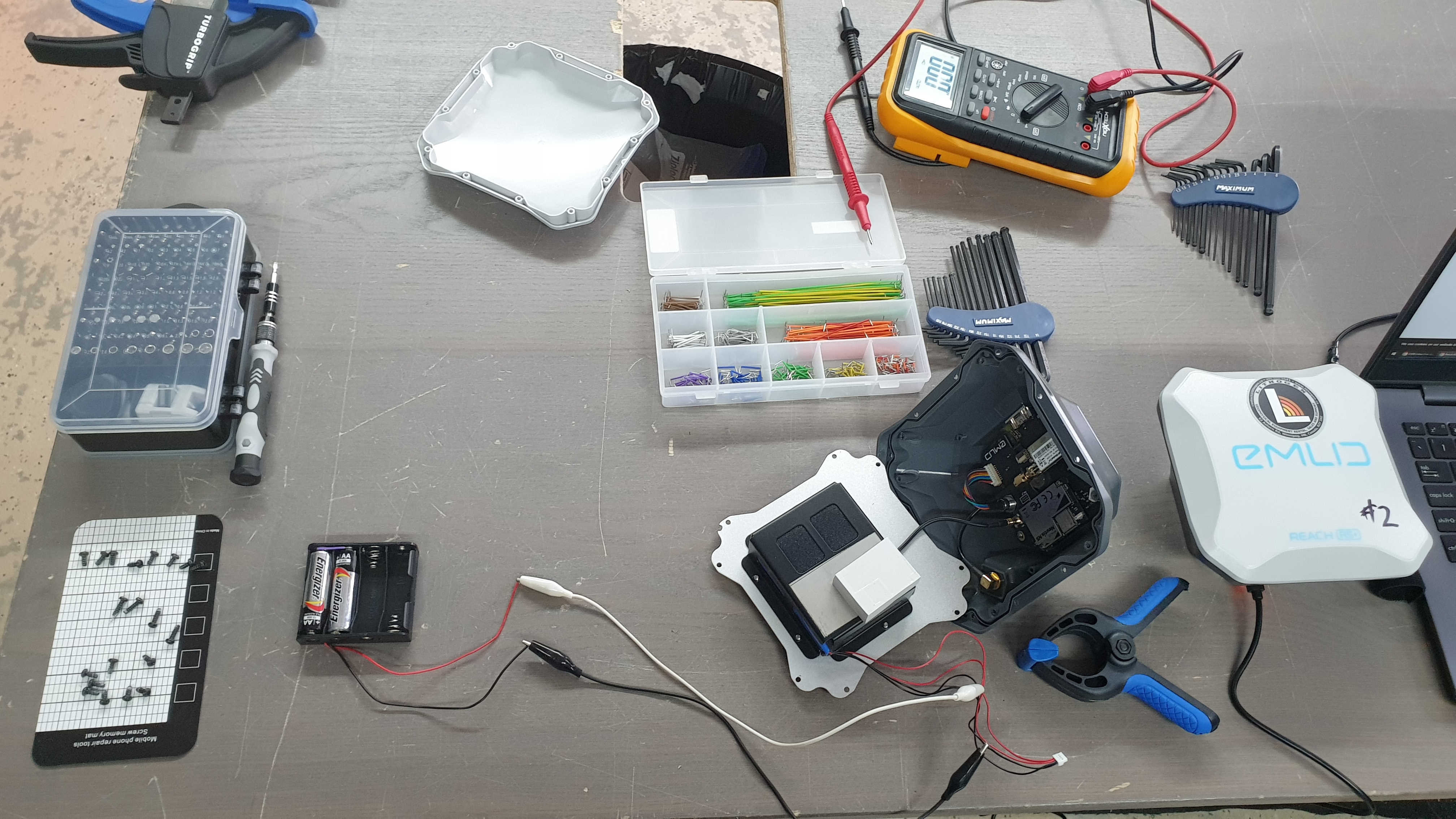this post was submitted on 21 Oct 2024
1 points (100.0% liked)
Electronics
1994 readers
1 users here now
Projects, pictures, industry discussions and news about electronic engineering & component-level electronic circuits.
Rules
1: Be nice.
2: Be on-topic (eg: Electronic, not electrical).
3: No commercial stuff, buying, selling or valuations.
4: No circuit design or repair, tools or component questions.
5: No excessively promoting your own sites, social media, videos etc.
Ask questions in https://discuss.tchncs.de/c/askelectronics
founded 1 year ago
MODERATORS
you are viewing a single comment's thread
view the rest of the comments
view the rest of the comments


0.9V on a lithium cell? And it still charged? …
I wouldn’t be able to sleep under the same roof with these recovered cells charged again, being scared they could catch fire.
Next time just replace them, maybe upgrading total capacity if you happen to open the device anyway.
They're lithium iron phosphate chemistry, which typically draw down to 2.0V without problems, and tend to be a bit more forgiving. I agree 0.9V is low, but the cells were relatively new. Furthermore, no sign of damage or other typical faults associated with a failing battery, and my battery analyzer (from my drone batteries, same chemistry) approved it. According to my gantt chart, they've likely been charged and discharged 75 times since I brought them back to life.
Sadly, because they are a manufacturer device integrated battery pack, and the manufacturer doesn't sell replacements, my only options would be installing a third party battery pack or buying another device at $1500 or more. I'm happy with the battery recovery process though in this case.
Me reading that: I wonder why they don't sell the replacement battery.
Me: Ohhhhh 😮💨
Oddly enough, it's probably one of the best and most affordable devices in this sector. You can buy 10-20x units compared to the brand leader (Trimble). So I think they assume that this is how most people will operate.